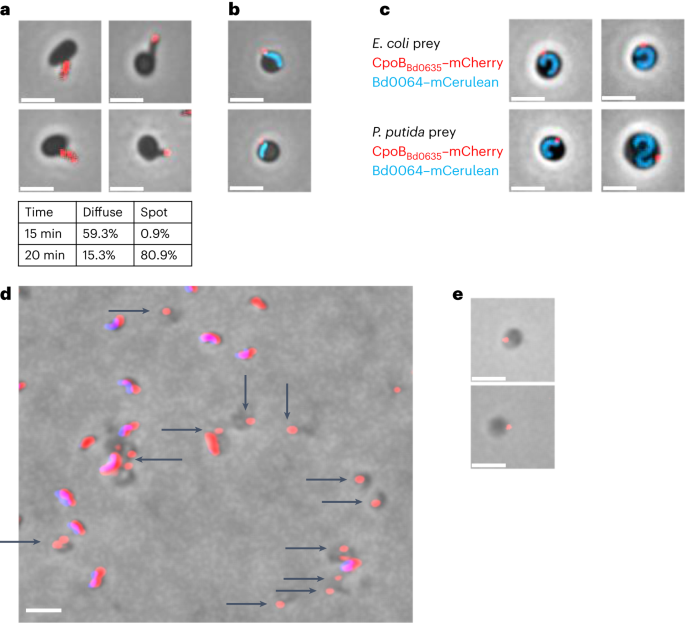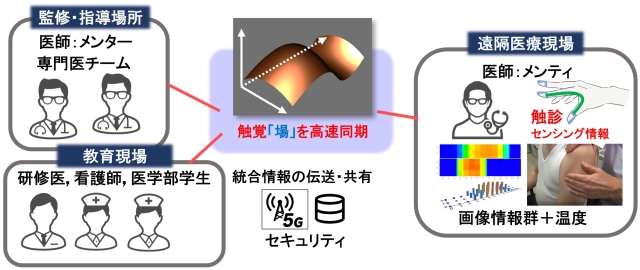2024-01-08 デューク大学(Duke)

◆DBSはパーキンソン病の治療に使用されるが、この新戦略では両方の脳領域を同時に刺激することで、通常のDBSよりも効果的な結果が得られました。また、適応型DBSと呼ばれる手法を使用し、デバイスの刺激パラメータを自動的に調整することで、より効率的な治療が可能になりました。初期の成功に刺激されて、研究チームは今後、適応型ディープブレインスティミュレーションを最適化し、臨床試験の次のステージに進む予定です。
<関連情報>
- https://pratt.duke.edu/news/engineering-a-more-elegant-deep-brain-stimulation-therapy-for-parkinsons/
- https://academic.oup.com/brain/advance-article-abstract/doi/10.1093/brain/awad429/7490826
パーキンソン病における比例制御を用いた在宅適応型デュアルターゲット脳深部刺激 At home adaptive dual target deep brain stimulation in Parkinson disease with proportional control
Stephen L Schmidt, Afsana H Chowdhury, Kyle T Mitchell, Jennifer J Peters, Qitong Gao, Hui-Jie Lee, Katherine Genty, Shein-Chung Chow, Warren M Grill, Miroslav Pajic, Dennis A Turner
Brain Published:21 December 2023
DOI:https://doi.org/10.1093/brain/awad429
Abstract
Continuous deep brain stimulation (cDBS) of the subthalamic nucleus (STN) or globus pallidus (GP) is an effective treatment for the motor symptoms of Parkinson’s Disease (PD). The relative benefit of one region over the other is of great interest but cannot usually be compared in the same patient. Simultaneous DBS of both regions may synergistically increase the therapeutic benefit. CDBS is limited by a lack of responsiveness to dynamic, fluctuating symptoms intrinsic to the disease. Adaptive DBS (aDBS) adjusts stimulation in response to biomarkers to improve efficacy, side effects, and efficiency.
We combined bilateral DBS of both STN and GP (dual target DBS) in a prospective within-participant, clinical trial in six PD patients (n = 6, 55 to 65 years, two women). Dual target cDBS was tested for PD symptom control annually over 2 years, measured by motor rating scales, ON time without dyskinesia, and medication reduction. Random amplitude experiments probed system dynamics to estimate parameters for aDBS. We then implemented proportional-plus-integral (PI) aDBS using a novel distributed (off-implant) architecture. In the home setting we collected tremor and dyskinesia scores as well as individualized beta and DBS amplitudes.
Dual target cDBS reduced motor symptoms as measured by UPDRS to a greater degree than either region alone (p < 0.05, Linear Mixed Model) in the cohort. The amplitude of beta oscillations in the STN correlated to the speed of hand grasp movements for five of six participants (p < 0.05, Pearson correlation). Random amplitude experiments provided insight into temporal windowing to avoid stimulation artifacts and demonstrated a correlation between STN beta amplitude and DBS amplitude. PI control of aDBS reduced average power, while preserving Unified Parkinson’s Disease Rating Scale Motor Examination (UPDRS III) scores in the clinic (p = 0.28, Wilcoxon signed rank), and tremor and dyskinesia scores during blinded testing at home (n =3, p > 0.05, Wilcoxon ranked sum). In the home setting, DBS power reductions were slight but significant.
Dual target cDBS may offer an improvement in treatment of motor symptoms of PD over DBS of either the STN or GP alone. When combined with PI aDBS, stimulation power may be reduced while preserving the increased benefit of dual target DBS.


